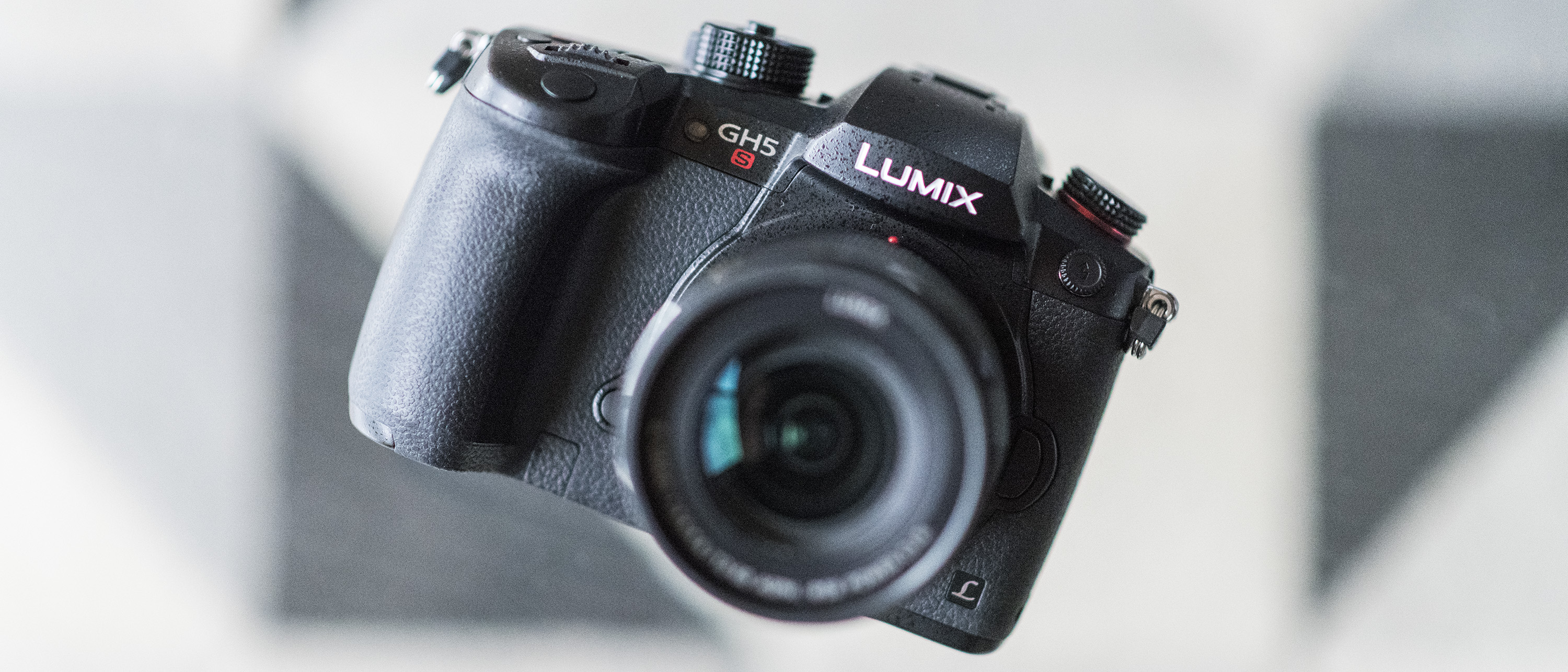TechRadar Verdict
The Panasonic Lumix GH5S is certainly not for everyone, but if you want to shoot professional-quality footage without remortgaging your house to buy a professional video camera you won't find a better video-focused camera out there.
Pros
- +
Multi-aspect sensor design
- +
Incredibly comprehensive video spec
- +
Solid and weather-sealed body
- +
Large, high-resolution viewfinder
Cons
- -
Absence of IS not for everyone
- -
Battery life could be better
- -
Stills resolution compromised for video
Why you can trust TechRadar
The Lumix GH5S is Panasonic's latest video-focused mirrorless camera, and if the comprehensive video specification of the Lumix GH5 isn't quite enough to satisfy your needs, the GH5S may well be what you're looking for.
The GH5S is designed primarily for professional filmmakers, and Panasonic believes it will deliver the best-ever video image quality seen in a Lumix camera.
Features
- All-new 10.2MP sensor
- 4K up to 50/60p
- Internal 4:2:2 10-bit recording
For the Lumix GH5S, Panasonic has opted to ditch the 20.3MP Micro Four Thirds Live MOS sensor the GH5 uses, replacing it with an all-new oversized 10.2MP multi-aspect sensor.
Sensor: 10.2MP oversized Micro Four Thirds CMOS
Lens mount: Micro Four Thirds
Screen: 3.2-inch vari-angle touchscreen, 1,620,000 dots
Burst shooting: 12fps
Autofocus: 225-area AF
Video: 4K
Connectivity: Wi-Fi, NFC and Bluetooth
Battery life: 440 shots
Weight: 660g
The oversized design of the sensor (which was also a feature on the original GH1 and GH2) means it's physically larger than a normal Micro Four Thirds sensor. This allows the Lumix GH5S to shoot at different aspect ratios but can still use the full breadth of the imaging circle projected by the lens, as opposed to simply cropping down from the 4:3 aspect ratio of the sensor.
This means the GH5S's sensor provides sufficient margin to get the same angle of view in 4:3, 17:9, 16:9, and 3:2 aspect ratios.
As well as providing the option to shoot 14-bit raw files, the reduction in resolution has also allowed Panasonic to improve on the maximum ISO of 25,600 on the GH5, with an ISO ceiling of 51,200 in the GH5S. Panasonic has also included its Dual Native ISO Technology to reduce the risk of background image noise in low-light conditions.
The Lumix GH5S shoots at a world-first 4K 60/50p recording in Cinema 4K (4096 x 2160)
What does all this mean for video capture? While the Lumix GH5 was the first mirrorless camera capable of shooting 4K footage at up to 60/50p, the Lumix GH5S takes this one step further, and shoots at a world-first 4K 60/50p recording in Cinema 4K (4096 x 2160).
That's just part of the story, as the GH5S is capable of internal 4:2:2 10-bit recording, which should deliver even stronger color reproduction, while V-Log now comes pre-installed on the camera – something that was an additional cost on the GH5.
You can record both Full HD and 4K video for as long as you want – there's no time limit – while the Lumix GH5S complies with 4K HDR video with Hybrid Log Gamma (HLG) mode in Photo Style. The GH5S also records 4:2:2 10-bit 400Mbps All-Intra in 4K (at 30p/25p/24p) and Cinema 4K (24p), and 200Mbps All-Intra in Full HD.
The Lumix GH5S is also compatible with Timecode In/out, making it easy to synchronize multiple compatible devices when filming, for pain-free post-production editing. A bundled coaxial cable for a BNC terminal connects to the flash sync terminal of the camera, allowing the camera to be used as a Timecode generator for other GH5S cameras and professional camcorders.
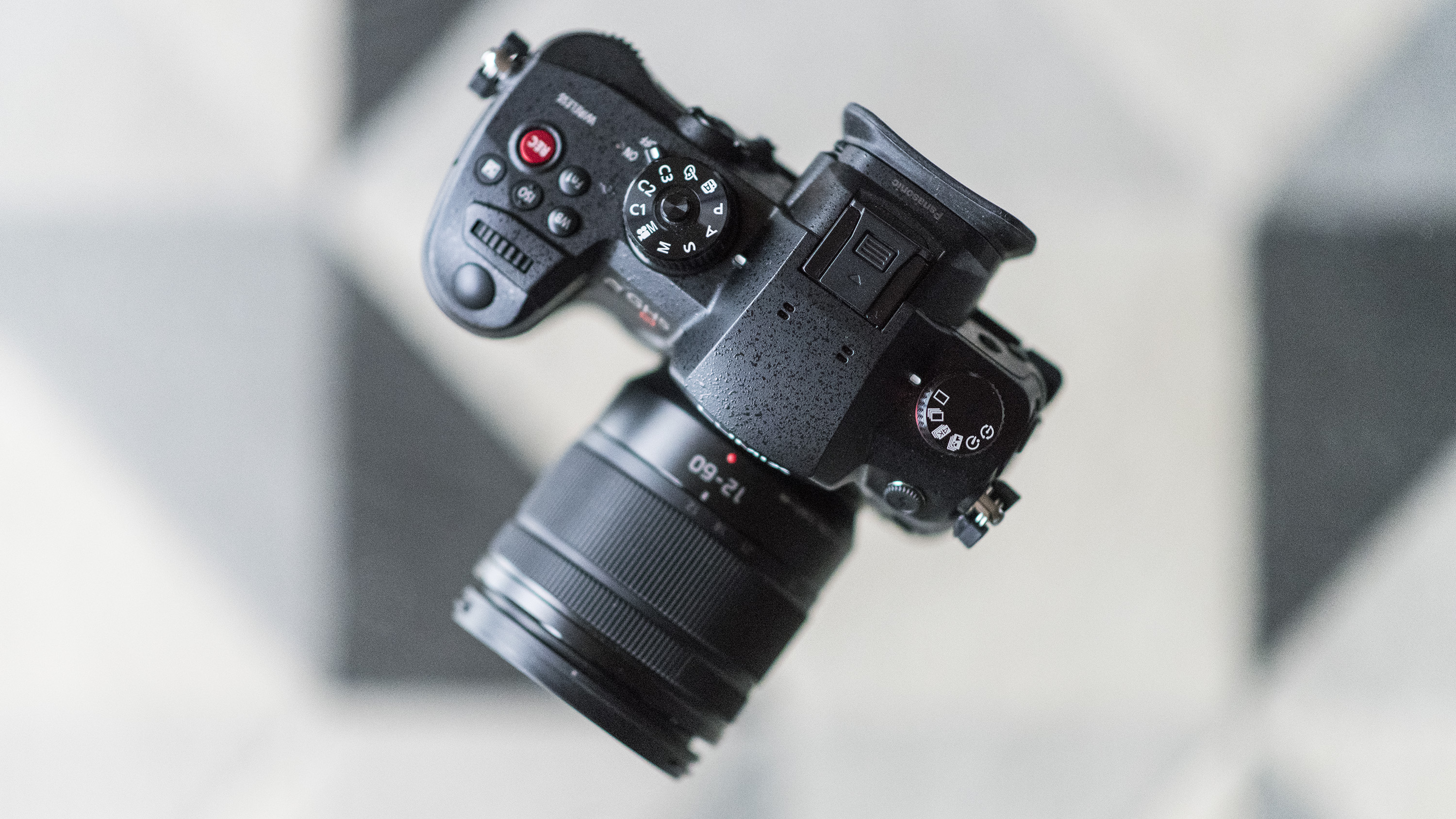
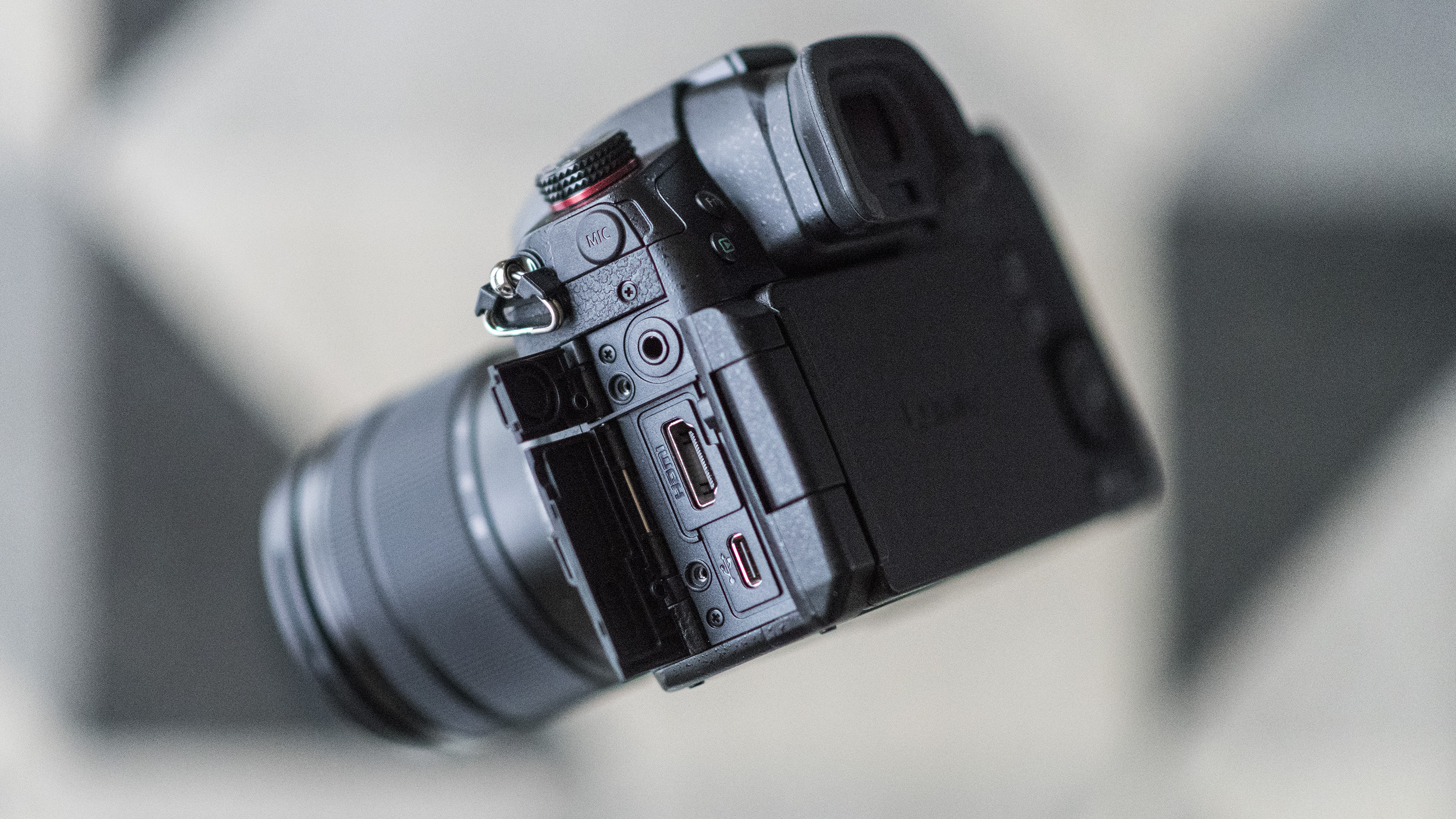
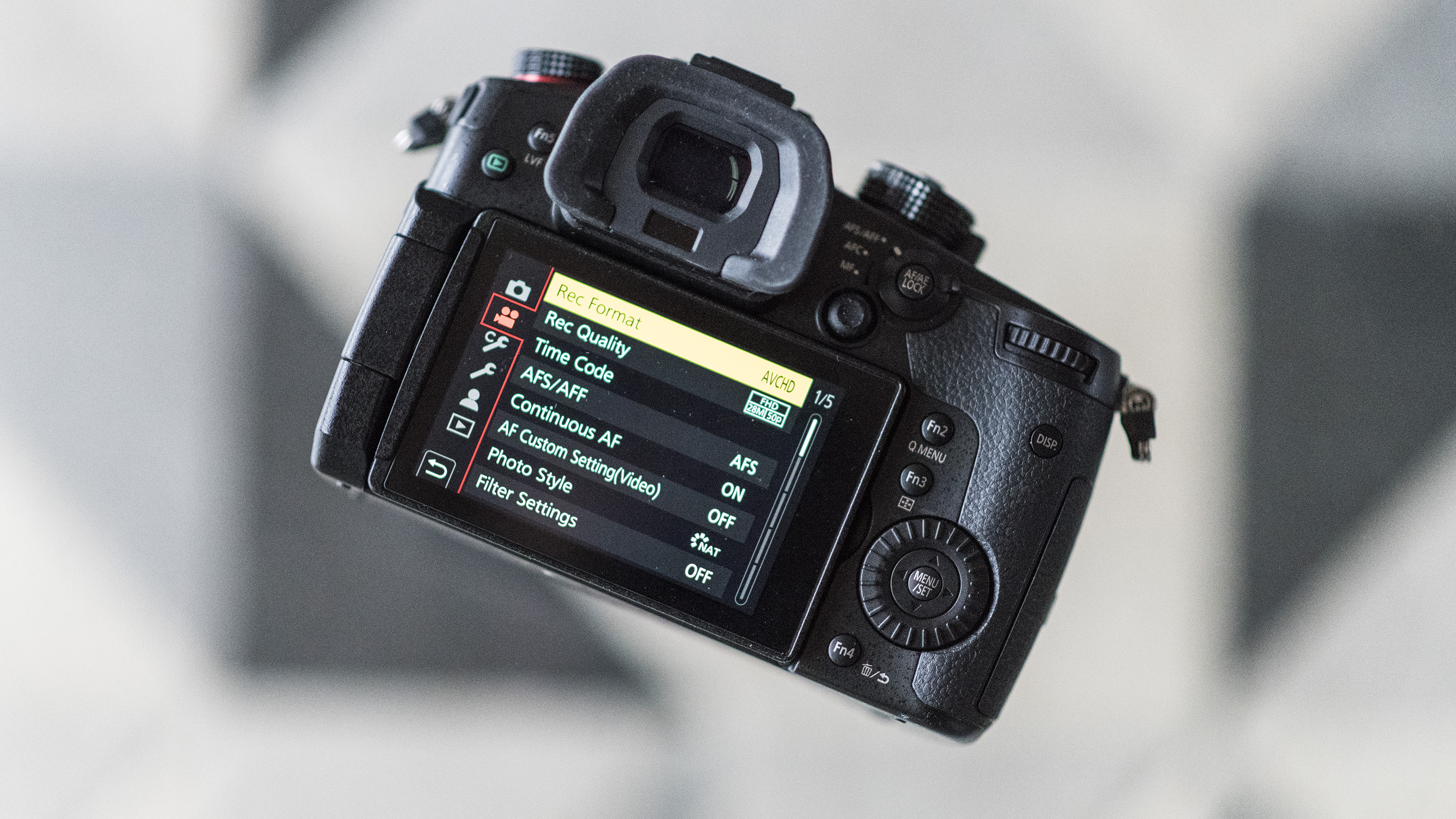
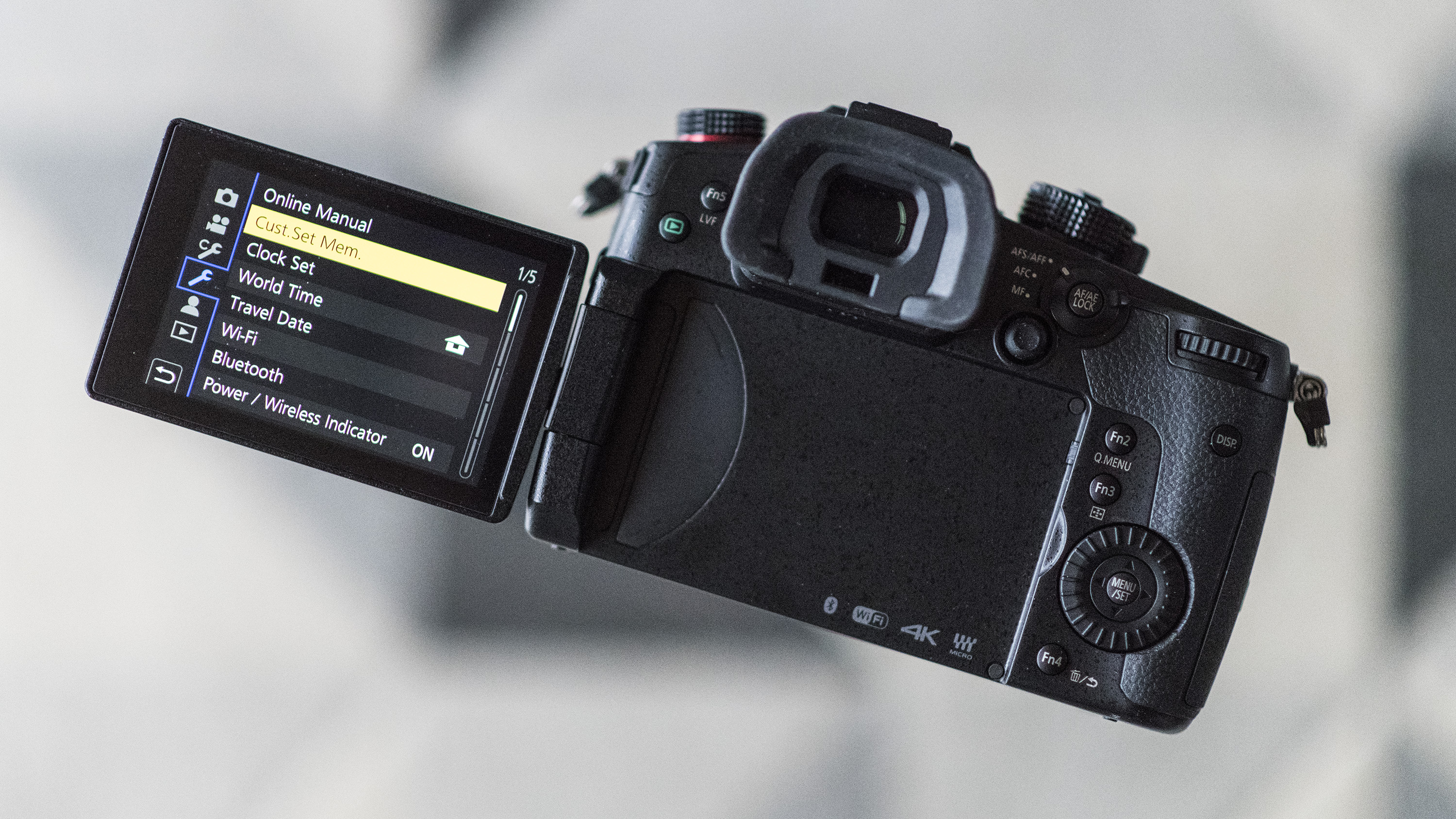
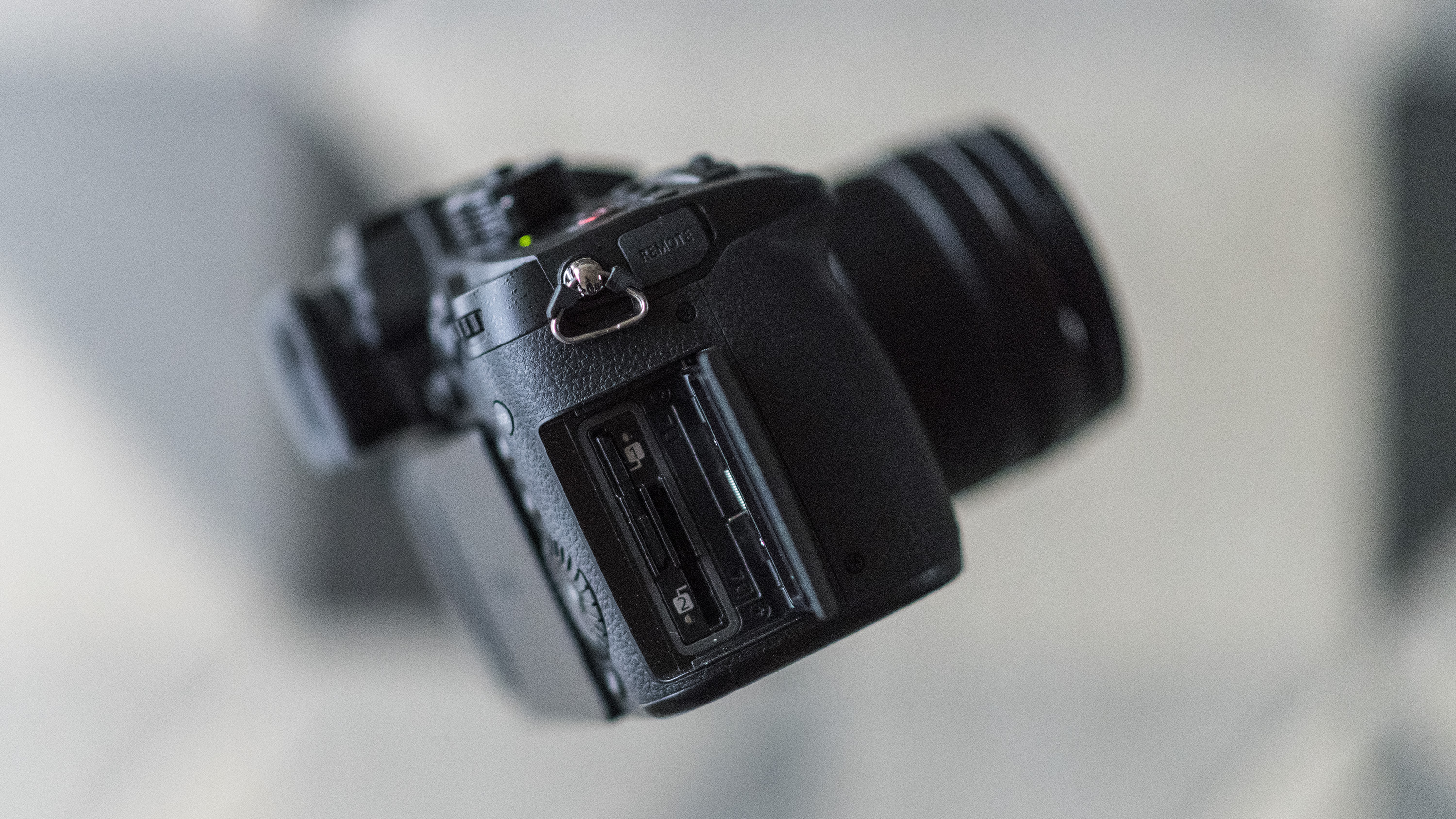
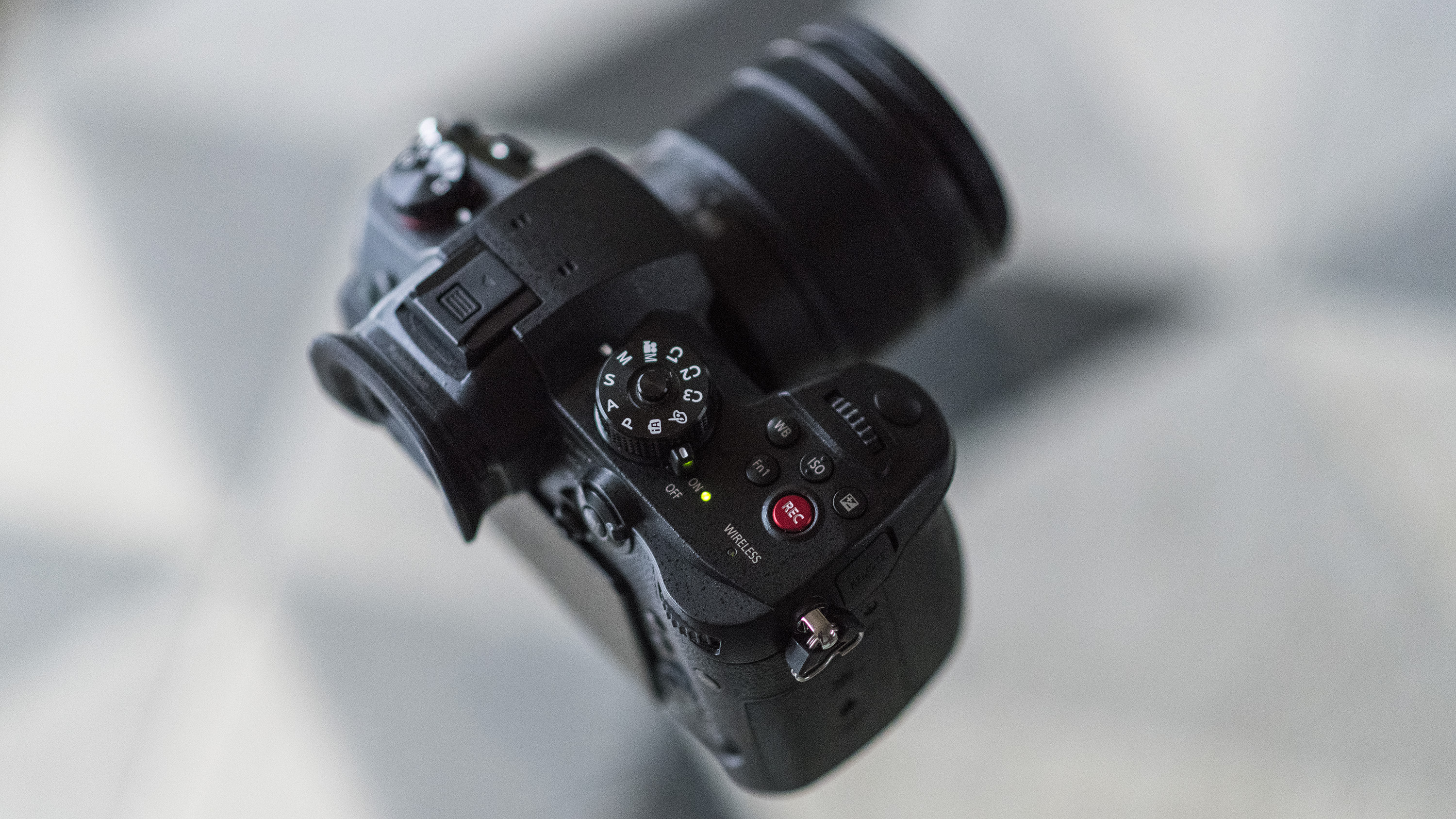
Panasonic has opted to remove the built-in image stabilization system that featured in the GH5. This might seem a bit of an odd decision for such a video-focused camera, but feedback from film crews who used the GH5 (the BBC's motoring show Top Gear regularly uses the GH5 for in-car shots for instance) revealed that, even when mounted on a professional rig, the sensor is at risk of being shaken around despite being switched off.
This is because the IS system is designed to 'float' the sensor using a series of electromagnets, and even when the system is switched off the sensor isn't locked in place. With the internal IS system removed, crews are free to use their own gimbals and rigs to steady the camera.
The GH5S does, however, feature the same electronic viewfinder as the GH5, with a large magnification ratio of 0.76x (35mm camera equivalent) that delivers a smooth display at 120fps, and a 3.2-inch vari-angle touchscreen with a 3,680K-dot resolution.
The Lumix GH5S also promises to make composition and shooting in poor light that much easier. Live View Boost increases the sensitivity just for Live View, while there's also a night mode that features a red interface.
Phil Hall is an experienced writer and editor having worked on some of the largest photography magazines in the UK, and now edit the photography channel of TechRadar, the UK's biggest tech website and one of the largest in the world. He has also worked on numerous commercial projects, including working with manufacturers like Nikon and Fujifilm on bespoke printed and online camera guides, as well as writing technique blogs and copy for the John Lewis Technology guide.
